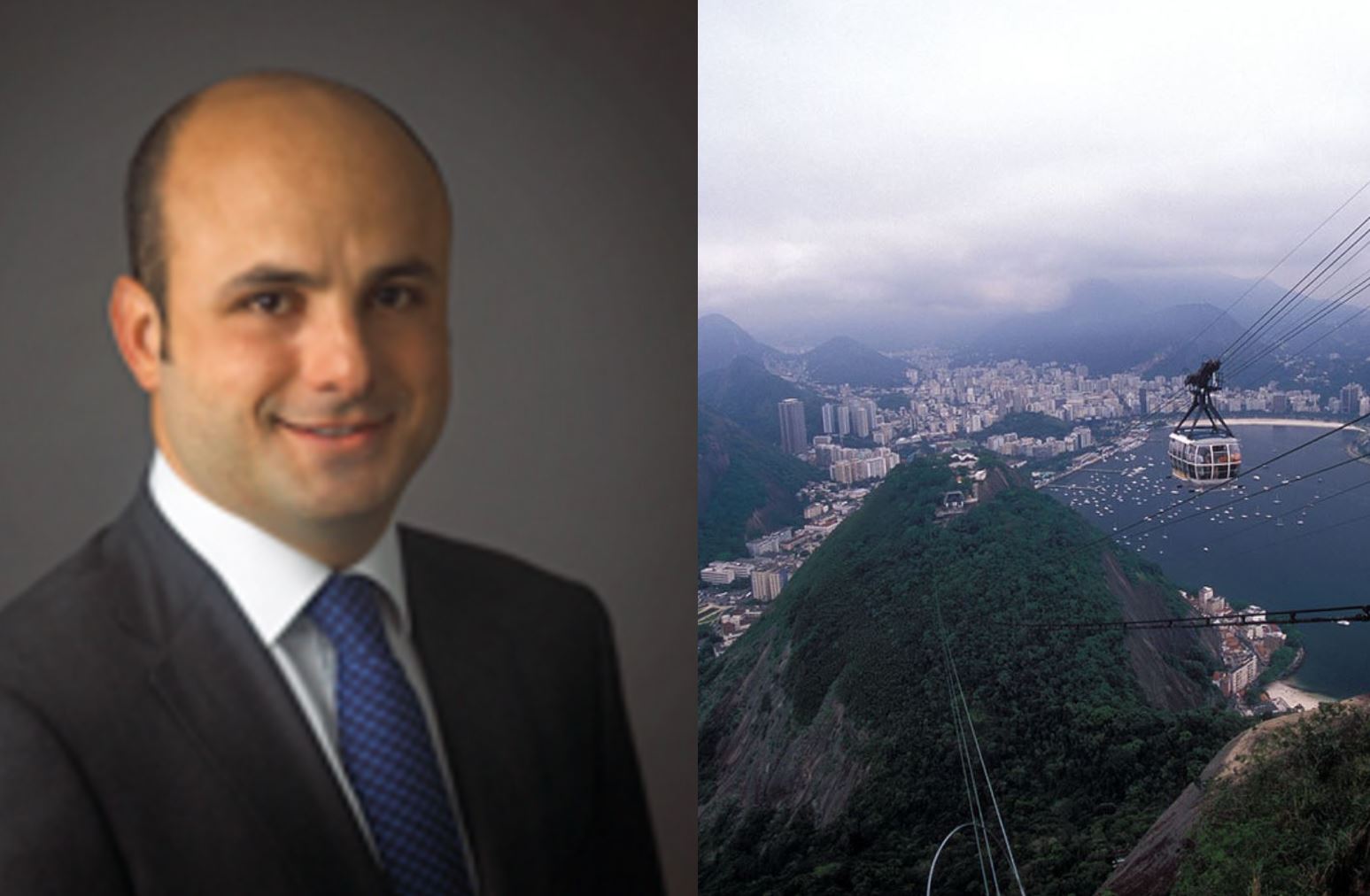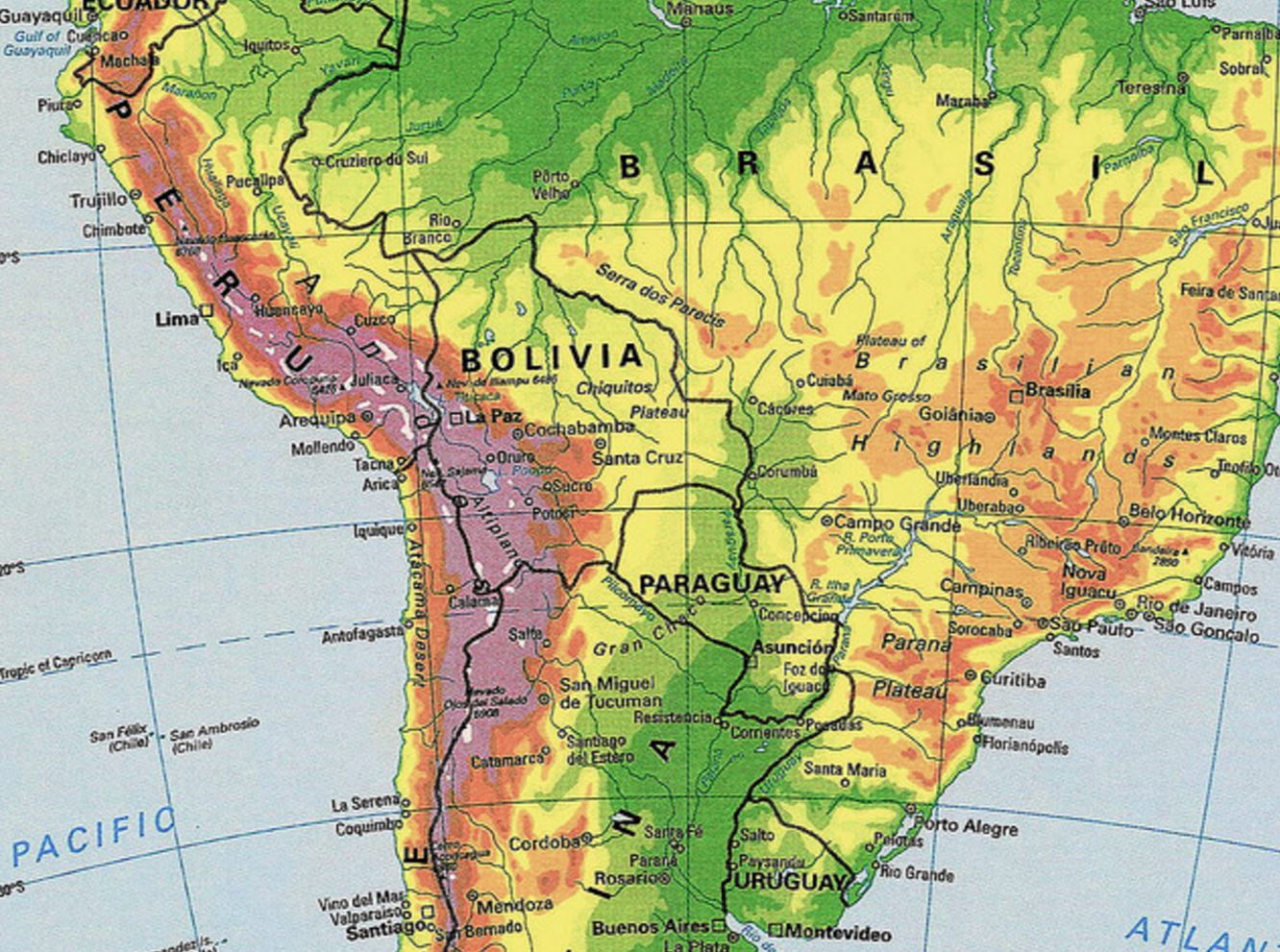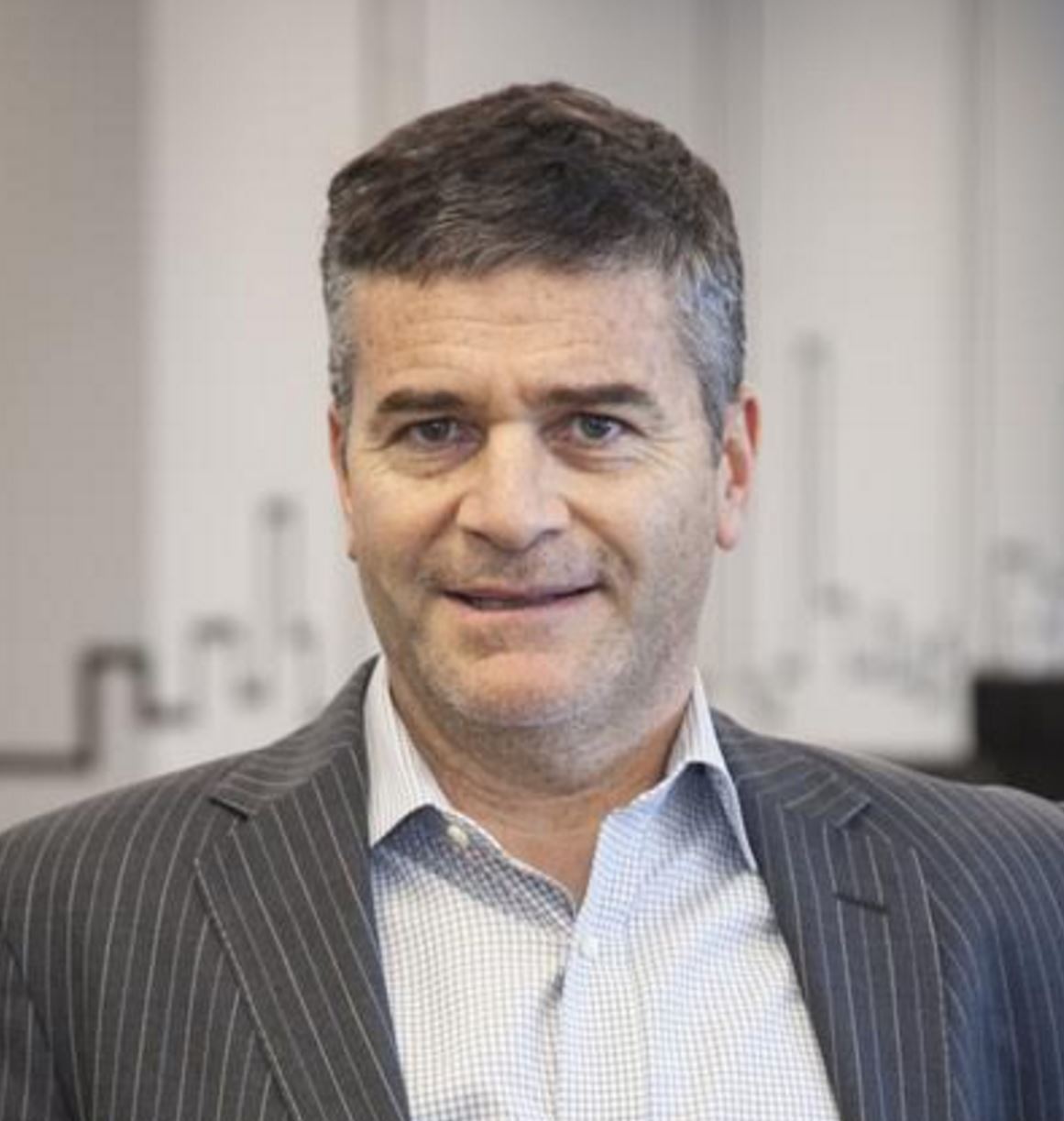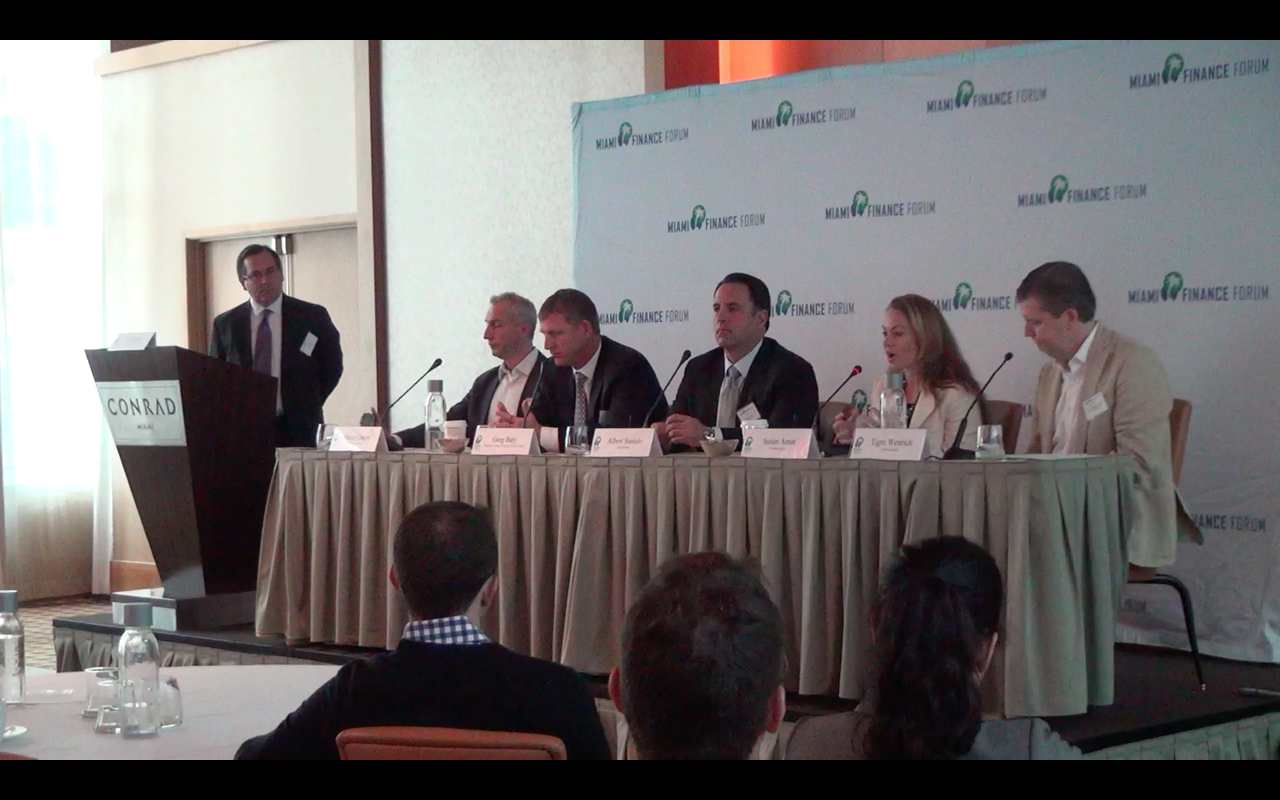Hamilton Lane, a leading independent alternative investment management firm, opened its first Latin America office in Rio de Janeiro back in 2011, but they had already been operating with investors in the region since 1997. From this office, Ricardo Fernandez and his team recently closed USD 160 million on capital for the Hamilton Lane Global SMID Fund, a customized approach to private equity for South American Institutional investors. In his interview with Funds Society, Ricardo Fernandez talks about the successful closure of this fund and the private equity opportunities in Latin America.
Fernandez mentions that from their offices in Rio de Janeiro, they serve different institutional investors across the region, mostly corporate pension funds, private banks, and family offices, from Chile, Colombia, Peru and Central America. “Our firm works with local private equity funds, conducts operations with other managers, and also does co-investments. Our primary local investment started back in 1997, and we have been doing primary and secondary investments since then. These funds are normally targeted towards local institutional investors. On the co-investment side, Hamilton Lane acts as a General Partner by investing with other managers, facilitating their access to the investment and adding know-how to its investments.”
Amongst what they do with Latin American family offices, Hamilton Lane offers partnerships where “we provide them with our expertise in private markets and help set up their private equity investment programs and separate accounts.”
In his opinion, the current environment in Brazil, with a 3.8% contraction for 2015, “represents an exciting time to invest in private equity, as investors can take advantage of the good asset prices and benefit in the long term, looking at the next five to ten years. Some businesses and sectors continue to grow despite the current situation, but because of the lack of growth and financing alternatives, entrepreneurs don’t have a lot of options. Thus, they will look toward PE funds in order to get the financing they need to grow. In addition, valuations have come down and now there are attractive investment opportunities at the right multiple.” He concludes.



 For Fórmate a Fondo
For Fórmate a Fondo
